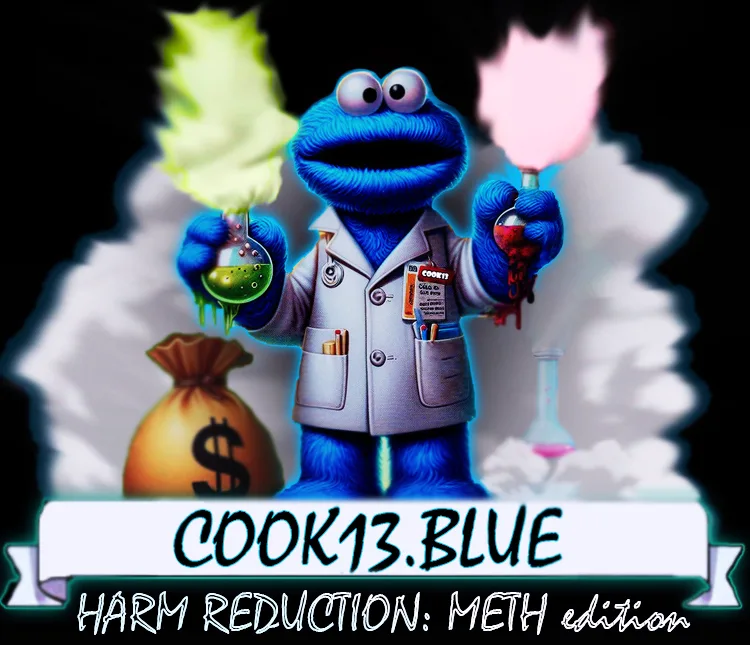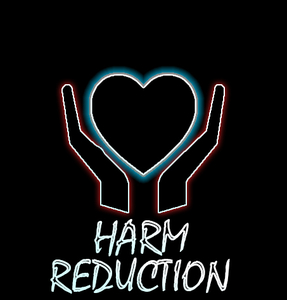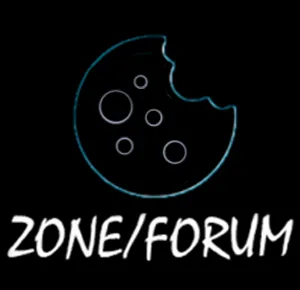The Definitive Guide to “Crackback”
“Crackback” is an informal method for gauging the melting point range of a substance. While a scientist might call it a qualitative observation of crystallization to approximate melting point range, the basic idea is simple: the way a substance solidifies can reveal a lot about its purity.
Understanding Crackback: What Are You Looking For?
When you observe a pool of molten material cooling down, you’ll typically notice one of two distinct patterns as it transitions from liquid to solid:
- Orderly Crystallization: Sometimes, a few crystals begin to form at the edges. From there, solidification spreads outward in a wave, gradually turning the entire pool solid. This pattern usually indicates that the substance is relatively pure. However, while this suggests purity, it doesn’t identify the substance itself—so it’s wise to use another method for confirmation.
- Slushy, Uneven Solidification: In other cases, the edges start to solidify first, but the center remains molten for longer, creating a slushy appearance. Often, the last spot to solidify is right in the middle. This behavior points to an impure substance or possibly a racemic mixture, which contains both left- and right-handed isomers.
An Everyday Analogy
To put it in perspective, imagine you have a bin full of plastic cups. If all the cups are identical, stacking them is quick and easy—any two will fit together without trouble. But if the cups come in different sizes and shapes, stacking takes longer, and sometimes they just don’t fit right. The process becomes less orderly and more time-consuming. The same principle applies to crystallization: pure substances “stack” together smoothly, while mixtures take longer and form less organized structures.
What Really Matters When Observing Crackback
Many people share photos online, hoping to identify substances based on the patterns left behind after solidification. However, the most valuable information comes from watching the actual transition from liquid to solid, not just the final appearance. While crystal lines can sometimes offer clues about how the crystals formed, they can also be misleading.
Key Takeaway
Ultimately, paying close attention to how a substance solidifies will provide much more insight than simply examining its appearance after it has cooled. The process itself tells the real story about purity and composition.






This is very jntresting I have heard several different ways to do a quick “quality check” this advice is still quick and informative! Nice work at explaining this!
Thank you for clarifying that….Just to add to that, from my experience I’ve noticed that pure products has a higher melting point thus it cracks back much faster and all the way through than if it were cut with something.
I love when things take shape …becomes more then tangible for me well written ty for this site my new fave 🙂
Thank you cook!